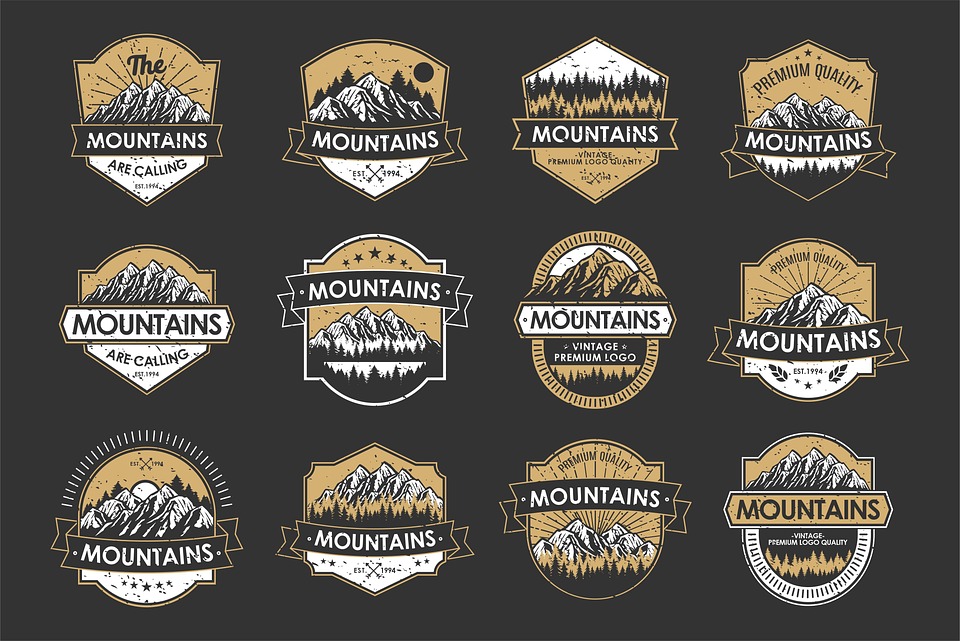Unlocking the Power of Trends and Insights: Understanding the Future of Business
In today’s fast-paced and ever-changing business landscape, being able to identify and capitalize on trends is crucial for success. Trends and insights have become the lifeblood of forward-thinking companies, enabling them to anticipate and respond to shifting consumer needs, technological advancements, and market dynamics. In this article, we’ll delve into the world of trends and insights, exploring the significance of staying ahead of the curve and unlocking the power of data-driven decision-making.
What are Trends and Insights?
Trends refer to the patterns or recurring themes that emerge in a particular industry, market, or consumer behavior. Insights, on the other hand, are the deeper understanding or meaning that can be gleaned from these trends. By combining trends and insights, organizations can gain a unique perspective on the world, enabling them to make informed decisions that drive growth, innovation, and competitiveness.
Why are Trends and Insights Important?
In a world where disruption and volatility are the norm, staying ahead of the curve is more critical than ever. By identifying trends and gaining insights, organizations can:
- Anticipate Consumer Needs: Understand shifting consumer behavior, preferences, and values, allowing for timely and effective product development and marketing strategies.
- Stay Competitive: Leverage insights to stay one step ahead of the competition, identifying potential threats and opportunities before they arise.
- Innovate and Diversify: Capitalize on emerging trends and technologies to drive innovation and diversify product offerings.
- Improve Decision-Making: Make informed decisions by leveraging data-driven insights, rather than relying on intuition or anecdotal evidence.
- Future-Proof the Organization: Prepare for the future by understanding the evolving landscape and adapting business strategies accordingly.
How to Identify Trends and Gain Insights
To unlock the power of trends and insights, organizations must develop a rigorous approach to data collection, analysis, and interpretation. Here are some key strategies for identifying trends and gaining insights:
- Data Collection: Gather data from diverse sources, including customer feedback, market research, industry reports, and social media.
- Data Analysis: Use advanced analytics tools, such as machine learning and natural language processing, to identify patterns and correlations.
- Contextual Understanding: Consider the cultural, social, and economic context in which the trend is emerging.
- Validation and Verification: Validate findings through primary research and verification with industry experts and customers.
- Storytelling and Communication: Communicate insights effectively to stakeholders, using clear and compelling narratives to inform decision-making.
Real-World Examples of Trends and Insights
- The Rise of E-commerce: With the rise of online shopping, brick-and-mortar retailers must adapt their strategies to meet the changing needs of customers.
- The Importance of Sustainability: Consumers increasingly prioritize environmental sustainability, driving demand for eco-friendly products and services.
- The Growth of AI and Machine Learning: As artificial intelligence and machine learning continue to evolve, industries must leverage these technologies to streamline processes and improve decision-making.
Conclusion
In today’s fast-paced business environment, identifying trends and gaining insights is crucial for survival and success. By developing a rigorous approach to data collection, analysis, and interpretation, organizations can unlock the power of trends and insights, gaining a competitive edge and driving growth, innovation, and competitiveness. Whether you’re an entrepreneur, marketer, or business leader, understanding trends and insights is key to staying ahead of the curve and shaping the future of your organization.
#Trends #Insights





**mind vault**
mind vault is a premium cognitive support formula created for adults 45+. It’s thoughtfully designed to help maintain clear thinking